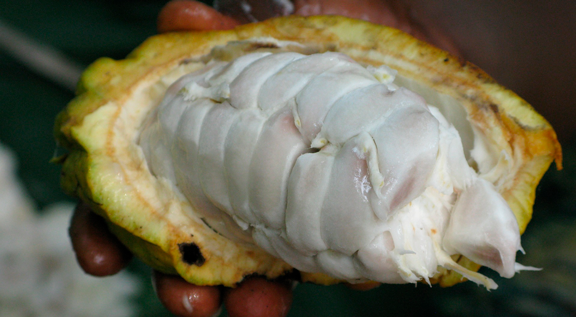
Image: Pixabay
In fact, during the early harvest months, industries recorded an increase of 22.1% in the total volume of almonds received in relation to the same period in 2020. Between May and August, 111,503 tons of almonds were received, compared to 91,299 tons recorded during the same period last year. Much of this growth was driven by production in Bahia, whose receipt grew by 66.3% in the period, going from 47,343 tons in 2020 to 78,773 between May and August of this year. However, with the end of the early harvest, the prospects for the main harvest, which is generally much smaller and which is harvested from October to April, are still uncertain. “In the best case scenario, the receipt of almonds by the milling industry during the main harvest period will be in line with the average of the last five years, that is, just over 65 thousand tons, half the average volume that the industry processes in the same period, which is approximately 130 thousand tons”, says Anna Paula Losi.
Year to date stable
Despite the improvement in receipts during the early harvest, from January to August, the volume received remained practically stable at 132,680 tons, compared to 131,071 thousand tons in the same period of 2020. Among the factors that contributed to the stability of the volume received are the drop in national receipts between January and April, the final period of the main harvest. In the first four months of the year, national receipts fell by 46.7% and stood at 21,177 tons compared to 39,770 tons in the same period of 2020. Another factor that contributed to the stable receipt scenario was the drop in the receipt of almonds from Pará, which declined 40% accumulated between January and August, increasing from 58,826 tons delivered to industries in 2020 to 35,538 tons in 2021.
{module Form RD}
These volumes were well below the industry's crushing capacity, which is 275 thousand tons. From January to August, AIPC members milled 149,079 tons, a volume 8.4% above the 137,503 tons processed in the same period in 2020. Therefore, to meet the demand of international customers and compensate for the deficit of national almonds, the industries needed to import 5,750 tons of almonds during August, according to data compiled from the Secretariat of Foreign Trade (Secex), in order to complement the volume processed and keep the industrial park operating at healthy levels.
In August, exports of cocoa derivatives grew by 76.5% compared to August 2020, totaling 6,580 tons. From January to August, the sector recorded shipments of 36,762 tons, an increase of 16%. In August, the main purchasing countries were Argentina (36,21%), the United States (34,11%) and Chile (16,37%).
Source: agrolink










